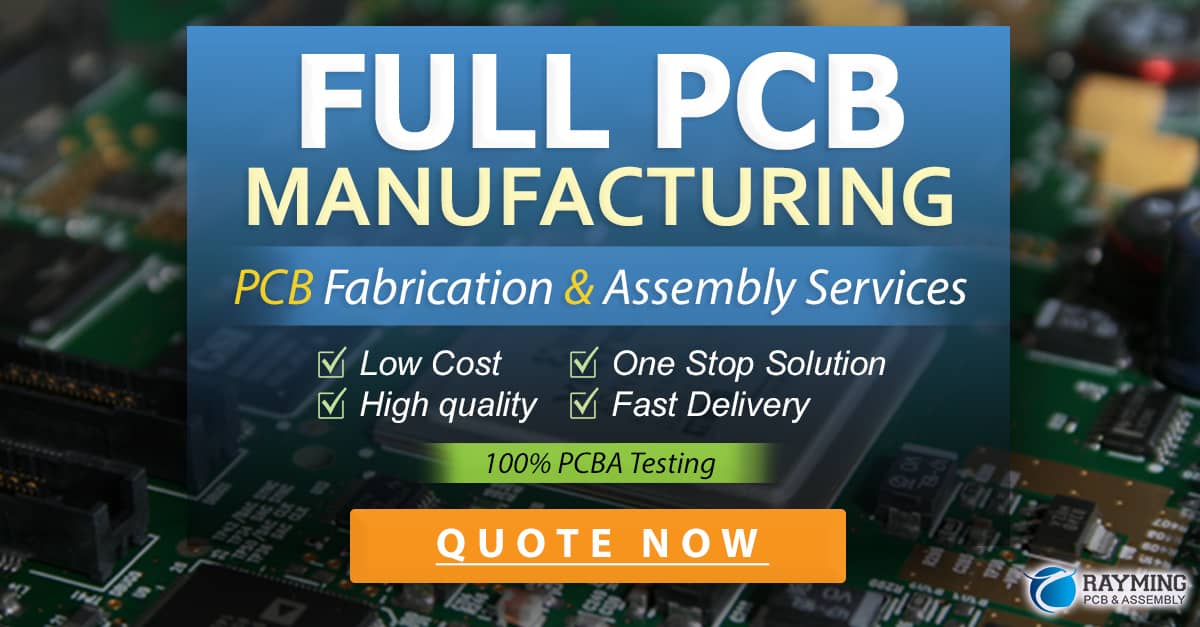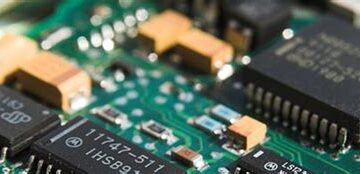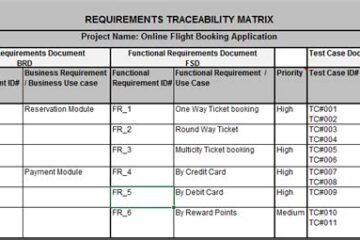Strong Demand Fuels Growth in the Printed Circuit Board Industry
The North American printed circuit board (PCB) industry experienced robust growth in both sales and orders in 2021, driven by strong demand across multiple end markets. PCB sales increased significantly compared to the prior year as key sectors like automotive, telecommunications, medical devices, aerospace & defense, and industrial equipment ramped up production.
PCB Sales Increase 18% Year-over-Year
According to the IPC, a global electronics manufacturing trade association, North American PCB sales totaled $3.17 billion in 2021, up 18% compared to sales of $2.69 billion in 2020. The strong sales growth reflected a rebound from the COVID-19 pandemic, which caused disruptions and lower demand in the first half of 2020.
| Year | PCB Sales (Billions) | % Change |
|---|---|---|
| 2021 | $3.17 | +18% |
| 2020 | $2.69 | -5.3% |
| 2019 | $2.84 | +0.7% |
Source: IPC North American PCB Statistical Program
The IPC’s North American PCB Statistical Program collects sales and order data from PCB Fabricators in the U.S. and Canada. Participating companies represent over two-thirds of the PCB production in the region.
Automotive and Telecommunications Drive Demand
By end market, the automotive sector was the largest driver of PCB demand in North America in 2021. Auto production rebounded strongly as vehicle sales recovered from pandemic lows. At the same time, Automotive PCB content increased due to accelerating adoption of electric vehicles and more electronics content per vehicle for safety, infotainment, and autonomous driving features.
The 5G rollout and upgrades to communications networks also fueled strong demand for PCBs used in telecommunications infrastructure and 5G smartphones and devices. The continued expansion of data centers and cloud computing was another growth driver.
| End Market | Share of NA PCB Sales |
|---|---|
| Automotive | 28% |
| Telecommunications | 25% |
| Medical/Aerospace | 15% |
| Computing/Storage | 12% |
| Industrial/Other | 20% |
Estimated end market distribution of North American PCB sales in 2021.
Orders Outpace Sales as Lead Times Extend
PCB orders outpaced sales growth in 2021, increasing 22% year-over-year to $3.51 billion. As a result, the book-to-bill ratio, which compares orders to sales, rose to 1.11. A ratio above 1.0 indicates more orders coming in than products going out.
The strong order growth reflected extended lead times at many PCB fabricators as they struggled to keep up with booming demand. Some raw materials such as copper foil, glass fiber and epoxy resins were also in short supply or saw price increases, further constraining the ability to rapidly boost production.
“The North American PCB industry enters 2022 with strong momentum,” said Shawn DuBravac, IPC’s chief economist. “However, supply chain constraints remain a headwind and are likely to limit growth this year even as demand remains robust.”
HDI and Advanced PCBs See Fastest Growth
Within the overall PCB market, technologically advanced boards saw the fastest growth. High density interconnect (HDI) PCB sales grew 21% year-over-year, outpacing the 18% growth for the overall industry. HDI boards have finer lines and spaces, smaller vias, and higher layer counts compared to conventional PCBs. They are used in products that require higher component density and miniaturization such as smartphones.
Rigid-Flex circuit sales rose 19% in 2021. Rigid-flex boards combine flexible and rigid board technologies in the same assembly, enhancing reliability and enabling more complex 3D product designs. They are used in aerospace & defense, medical devices and industrial applications.
Advancements Continue in Materials and Manufacturing
New product development and process innovations also supported the growth of advanced PCBs. These include:
- Modified semi-additive process (mSAP) – Sub-25 micron line and space widths (compared to 50-100 microns on conventional HDI)
- Any layer via technology – Enables vias to be formed in any layer of the PCB without having to drill through the entire board
- Embedded components – Allows active and passive components to be integrated inside the board instead of just mounted on the surface
- High frequency laminates – Enable faster signal speeds and lower losses for high frequency 5G and data center applications
“Miniaturization, advanced packaging and high-performance requirements are driving innovation in PCB fabrication,” said Jim Fuller, executive vice president at Sanmina. “Continued advancements are enabling electronic products to pack more functionality into shrinking form factors.”
Supply Base Remains Concentrated in Asia
Despite the strong growth in North America, the region accounts for only about 4% of global PCB production. Mainland China alone represents around half of worldwide production, with Taiwan, South Korea, Japan and Southeast Asia also having significant shares.
Many of the largest PCB producers serving the North American market have manufacturing operations in Asia. This allows them to leverage the scale, supply chain and labor cost advantages of the region. Shifts in global trade flows and geopolitics can therefore have an outsized impact on the North American industry.
To mitigate supply risks and improve time-to-market, some North American OEMs are increasing their use of regional suppliers for prototyping and quick-turn production. Concerns about intellectual property protection and trade tensions have also driven some “reshoring” of PCB supply chains back to North America, although the volumes remain small compared to offshore production.
North American Suppliers Expand Capacity
Some regional suppliers also announced expansions in 2021 to keep up with growing demand:
-
Summit Interconnect acquired Eagle Electronics, nearly doubling its manufacturing footprint across North America. The company now has 9 facilities in the U.S. and Canada.
-
Royal Circuit Solutions completed a major expansion of its manufacturing plant in Hollister, California, increasing capacity for quick-turn prototypes and medium-volume production.
-
Calumet Electronics announced plans to invest $6.5 million to expand its facility in Michigan and create up to 80 new jobs.
However, North American PCB fabricators face challenges in expanding their skilled workforce. Many workers in the industry are approaching retirement age and it has been difficult to attract younger workers to replace them. The IPC has called for more investment in workforce training programs and STEM education to build the next generation of talent.
“The North American PCB industry needs to excite young people about careers in our industry,” said Dr. John Mitchell, IPC president and CEO. “With the right training and skills, there are many opportunities to grow in an industry that enables all the cool electronic products we rely on every day.”

FAQ
1. What are the key drivers of PCB demand in North America?
The key drivers of PCB demand in North America include:
– Automotive electronics, especially for electric vehicles and autonomous driving
– 5G network rollouts and upgrades to telecommunications infrastructure
– Growth of connected devices and the Internet of Things (IoT)
– Increasing electronics content in medical devices, aerospace & defense, and industrial equipment
– Continued expansion of cloud computing and data centers
2. Which types of PCBs are seeing the fastest growth?
High density interconnect (HDI) and rigid-Flex PCBs are seeing the fastest growth within the overall market. HDI boards are used in products that require miniaturization and high component density, such as smartphones and other mobile devices. Rigid-flex boards provide enhanced reliability and enable complex 3D designs for applications in aerospace, medical and industrial markets.
3. How does the North American PCB industry compare to other regions?
North America accounts for only about 4% of global PCB production. The majority of worldwide production is concentrated in Asia, with China alone representing around 50% of the total. Other major producing countries include Taiwan, South Korea, Japan and Southeast Asian nations like Thailand and Vietnam. Many of the PCB Suppliers serving North American customers have manufacturing operations in Asia to take advantage of the scale and cost structure of the region.
4. What are some of the supply chain risks impacting the North American PCB market?
The concentration of PCB production in Asia means that the North American market can be significantly impacted by global trade flows and geopolitical events. Tariffs, trade tensions, and shipping disruptions are some of the key risks that can affect pricing and availability. Some North American OEMs are increasing their use of regional suppliers to mitigate these risks, although volumes remain small compared to offshore production.
5. What are the key challenges facing North American PCB fabricators?
One of the biggest challenges facing North American PCB fabricators is building a skilled workforce for the future. Many of the industry’s skilled workers are nearing retirement age and it has been difficult to attract younger workers to replace them. Fabricators and industry associations are calling for more investment in workforce development and STEM education programs to recruit and train the next generation of talent. Other challenges include managing supply chain risks, accelerating innovation to keep pace with customer demands, and maintaining profitability amidst rising material and labor costs.



0 Comments